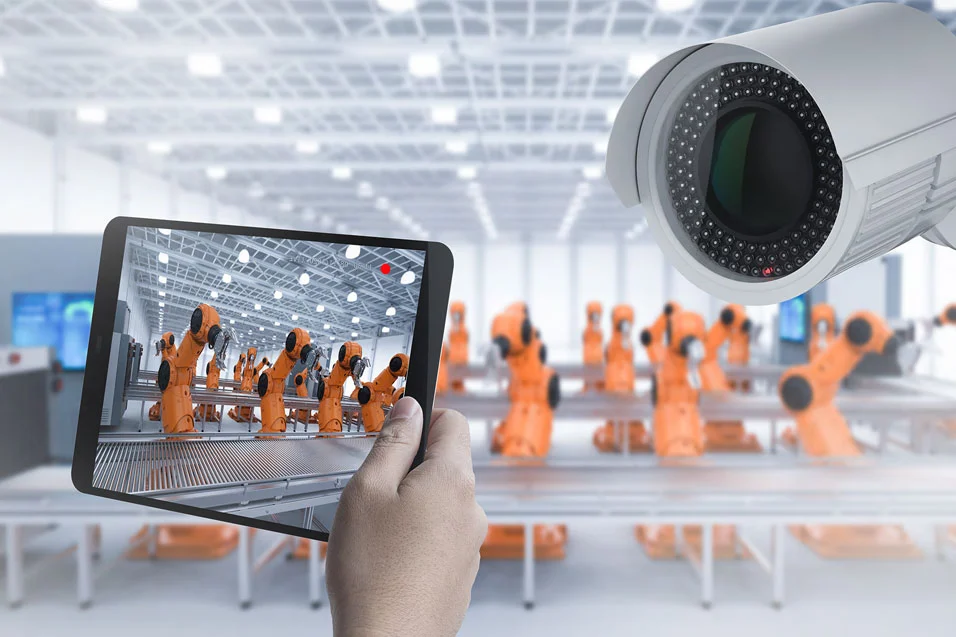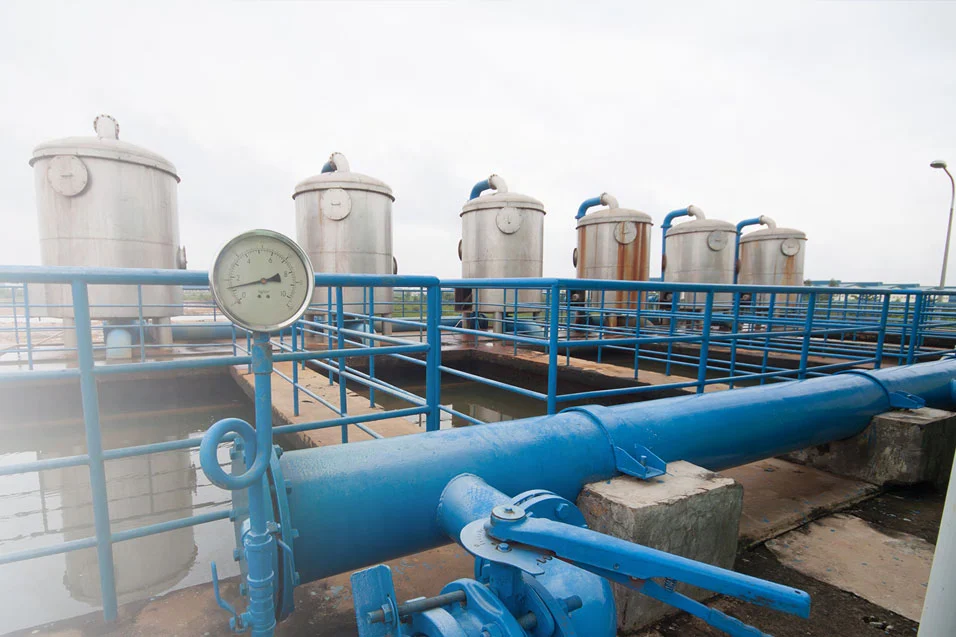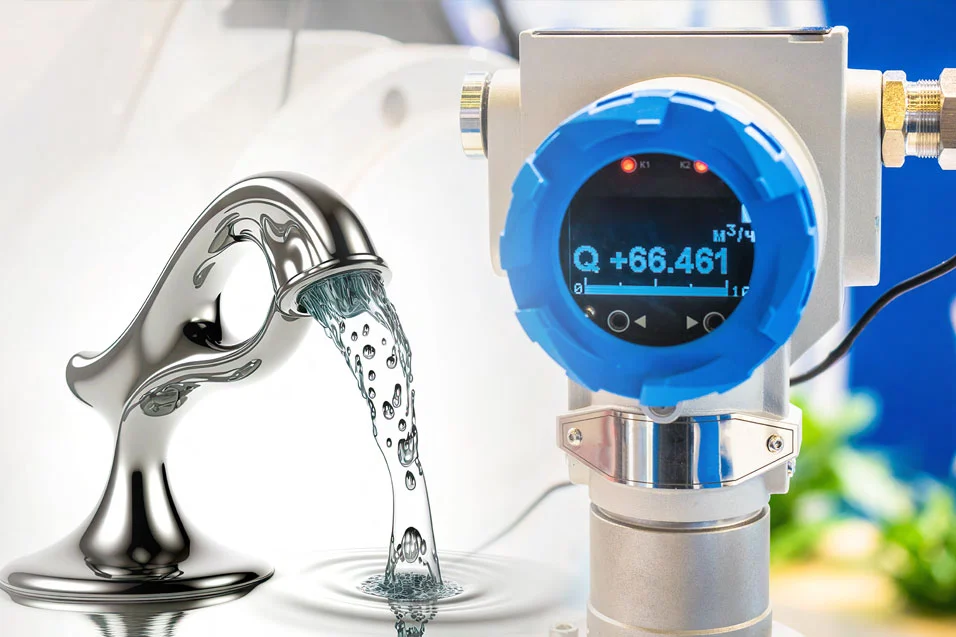Why digital care is vital for assisted living?
World Bank data suggests that the share of the elderly population across the globe has grown by 1.35 times to 9.3% in 2020 from 6.9% in 2000. The high-income countries have a higher population share of the elderly, with the US at 16.6% and the EU at 20.78%. These trends point at an accelerated growth of the demand for assisted living solutions in the years to come, whether in the communities or at home. With the COVID-19 pandemic stretching the worldwide healthcare capacity to its limit, the assisted living industry must adopt digital technologies to ensure effective and timely care to its beneficiaries.
Table of Contents
How is technology impacting the care practices?
-
- Safety
- Health
- Hygiene
How is technology impacting the care practices?
Digital technology applications in assisted living manifest in three key areas:
- Safety – avoiding instances of falling and responding instantly to them or subsequent injuries.
- Health – monitoring vital parameters through diverse diagnostics and ensuring medication and care delivery to sustain the parameters in a healthy range.
- Hygiene – monitoring incontinence w.r.t urinary and fecal functions and ensuring timely cleaning to maintain hygienic living environment.
Safety
Elderly residents and patients recuperating from brain injuries often experience extreme fatigue or disorientation. Cases of acute arthritis and osteoporosis are also common among the elderly. These might lead to initial loss of ergonomic balance and subsequently falling. Such falls could lead to injuries – wounds, swelling, or fractures. Comorbidities such as diabetes and hypertension, which are common among the elderly, make recovery from each of these more difficult. Therefore, limiting the contingency scenario of loss of balance and preventing a fall becomes a key caregiver intervention.
The connected inertial sensors on wearable devices for arms and shoulders help detect such situations. The IoT gateways in the living space can inform the caregivers in time and ensure occupant safety. An alternate approach to ensure safety is to accurately analyze audio signals from the living space to detect event signatures for loss of balance or fall using machine learning technologies.
Deep computer vision based human pose detection and tracking is another solution approach for this application. By analyzing sensor data over time on cloud- based advanced analytical applications, the caregivers can identify occupant-specific patterns and make changes to the medicines, living space configurations or daily routines to minimize the risk for the occupant’s safety.
Health
Metabolic comorbidities like diabetes, hypertension, and cardiovascular diseases are prevalent among the elderly occupants of the assisted living spaces. Additionally, blood related parameter levels like oxygen saturation (SpO2) are critical for detecting emergencies in patients with respiratory and cardiac conditions, as well as detecting sleep apnea. To monitor such body vitals and ensure that they stay in the optimal range becomes a critical health consideration.
Most of the commercially available diagnostic devices support short range connectivity to a mobile or gateway devices through common protocols like Bluetooth/BLE, Wi-fi, and Zigbee for low payload streaming data telemetry. Connecting these devices to a cloud-based platform helps ensure secure integration and management of the patient’s medical data. Medical practitioners can use this data for generating insights for patients’ effective treatment and expedited rehabilitation. Web applications and the APIs for integrating the population level data from the government and the non-profit sources help assess the risk of diseases and critical illnesses in the patients or the elderly.
Another approach is to use deep computer vision-based monitoring of the patient’s facial expressions and body posture for fatigue, stress, and discomfort for possible signs of cardiovascular (heart attack) or neurological (stroke) conditions. Open image databases like YouTube facial palsy database and Yale faces database also aid in training the algorithms for such workloads.
Hygiene
Maintaining healthy living conditions in assisted living facilities requires a high degree of hygiene. It is all the more important with the occupants suffering from incontinence of the body’s metabolic functions like urinary and fecal. While the caregivers ensure that hygiene is maintained in the facilities, checking the patient periodically for the need for a cleanup impacts poductivity and reduces care for the patient community at large.
Integrating sensors to detect moisture, temperature changes, and above threshold levels of chemicals like ammonia to indicate a need for changing the disposable clothing saves the caregivers from making frequent trips to the bedridden occupant/patient’s location. Such sensors, coupled with gateway or a mobile application through shortrange connectivity using BLE, Wifi or Zigbee protocols, alert the caregivers when and where their intervention may be required. As a result, the caregivers can be more efficient with the patients that they are assigned to, reduce the inconvenience of frequent, non-essential change of disposable clothing, and maintain a healthy, hygienic living environment for all the assisted living facility residents.
To sum up
Integrated technology platforms from edge to cloud that support sensor data communication, message orchestration, and data management using widely accepted standards and protocols, are required to fully realize the immense transformative potential of digital and device technologies, and improve the assisted living occupant experience, caregiver productivity, and facility management efficiency.
eInfochips has extensive experience in engineering medical devices ranging across applications diagnostics, telemedicine, patient monitoring and auto injection, applicable regulatory guidelines (FDA Risk Classes 1,2,3), and development standards (ISO, IEC). To know more about medical devices and healthcare services talk to our experts today.














